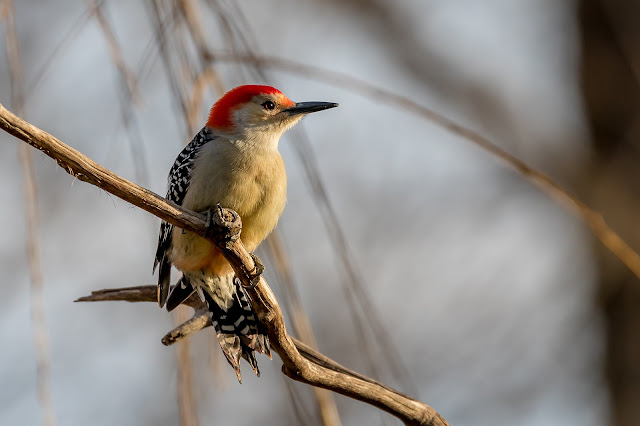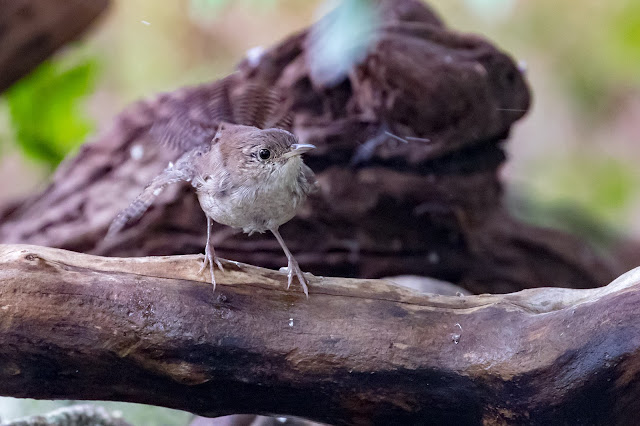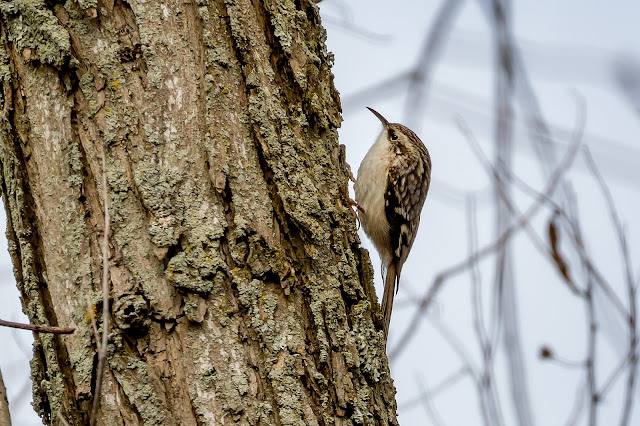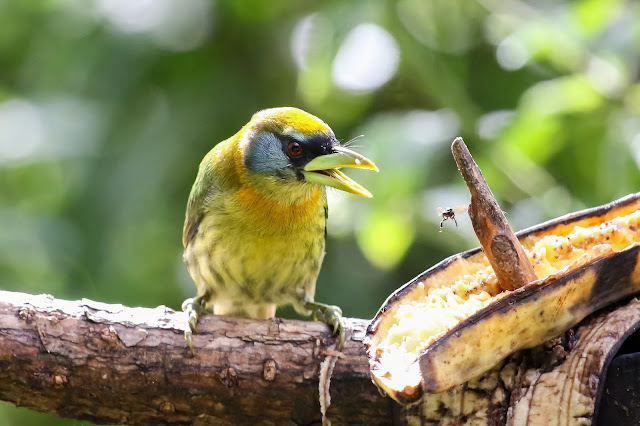Hermit thrush
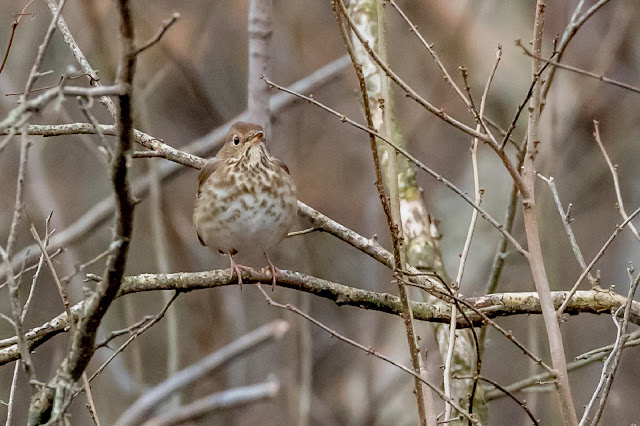
Hermit thrush seen on the Christmas Bird Count, Dec 16, 2018, Rondeau Provincial Park. Catharus guttatus Hermit Thrushes usually make their nests in and around trees and shrubs, but they can also get more creative. Nests have been found on a cemetery grave, on a golf course, and in a mine shaft. source - https://www.allaboutbirds.org/guide/Hermit_Thrush/

